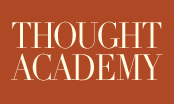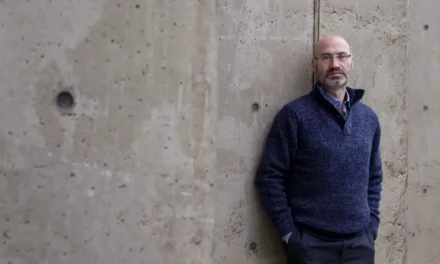
Supporting Creative Pursuits: Conclusion
K
ids grow into creative thinkers not by chance, but through steady support—from the questions you ask to the materials you provide, from the space you make to the example you set. Like the clatter and chatter of Viennese coffeehouses where bold ideas took shape, your home can become a workshop of imagination. By nurturing curiosity, cheering effort, and connecting children to others who create, you help them see their ideas as worth building and sharing.
These aren’t just soft skills. When children learn to persist through a tricky design, revise a half-formed idea, or explain a personal project with pride, they’re developing tools that serve them in academics, careers, and relationships. The confidence to start something new, the discipline to refine it, and the courage to show it—these grow from your day-to-day encouragement.
In the next chapter, we turn to the art of collaboration. Creativity doesn’t live in a vacuum, and even the boldest innovators thrive when they know how to listen, compromise, and build alongside others. Let’s explore how to raise not just creators, but creative partners in a shared world.
Table of contents

Primordial Soup for the Mind: Navigation
Navigate the book Primordial Soup for the Mind.
Further Reading
- Beghetto, R. A., & Kaufman, J. C. (Eds.). (2010). Nurturing creativity in the classroom. Cambridge University Press.
- Eagleman, D., & Brandt, A. (2017). The runaway species: How human creativity remakes the world. Catapult.
- Isbell, R. T., & Yoshizawa, S. A. (2016). Nurturing creativity: An essential mindset for young children’s learning. National Association for the Education of Young Children.
- Kelley, T., & Kelley, D. (2013). Creative confidence: Unleashing the creative potential within us all. Crown Business.
- McConnon, L. (2017). Developing young children’s creativity: Possibility thinking in the early years. Trentham Books.
- Root-Bernstein, R., & Root-Bernstein, M. (1999). Sparks of genius: The 13 thinking tools of the world’s most creative people. Houghton Mifflin Harcourt.
- Saccardi, M. (2014). Creativity and children’s literature: New ways to encourage divergent thinking. Libraries Unlimited.
Online Resources
- Greater Good Science Center at UC Berkeley. (2023, May 23): Six ways to help kids grow their creativity.
- Harvard Project Zero: Visible thinking and creativity in education.
- My First Five Years: Why creativity is important in early child development.
- National Association for the Education of Young Children: Nurturing creativity: An essential mindset for young children’s learning.
- Edutopia: Creativity in education.



